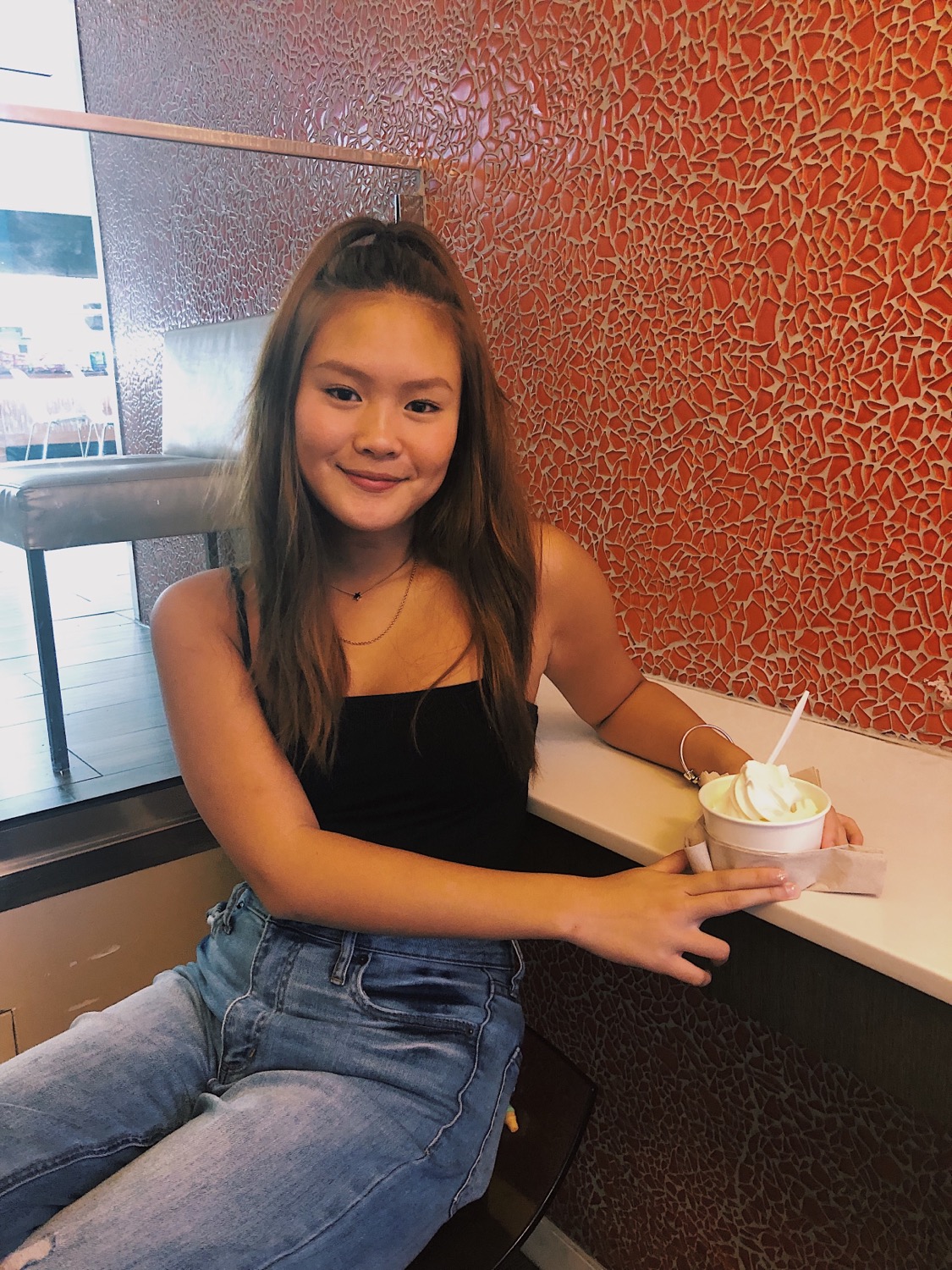Modern horror movies-what makes them scary?
- Nhi Nguyen

- Nov 11, 2020
- 3 min read
Updated: Nov 12, 2020

With films like ‘Hereditary,’ ‘Get Out,’ and ‘Parasite’ breaking Oscar records; we wonder what makes these modern horror films so successful? What kind of factors go into creating an atmosphere that captures the attention of the audience, and what makes them stay after initial interest? These directors are young, but talented, fitting with their innovative way of writing screenplay and filming. We'll be taking a look at several artistic choices when it comes to directing and analyze its effect in order to break down the reasons why modern horror movies--make us horrified.

History
Part of the reason why horror movies can frighten us so badly is when a 'based on true events' warning flashes across the screen--making us rethink everything we've watched. It makes us think: This could really happen to me. What then? In Jordan Peele's Get Out, he doesn't hesitate to dig into the deep, dark history of America's segregational past with the black community. He amps up the irrational fear of being sold at a human auction by reminding us that, these things have happened before, and no one has ever declared that they've stopped in modern day. Mysteries and lies hide and wait under the mask of everyday life, and the tension can't help but be built between what goes onscreen and the eyes that are fixated to it.

Atmosphere
Ari Aster's Hereditary is praised for its bone chilling moments instead of the traditional cheesy jump scares that make us go: what did we even watch? The music tends to completely cuts off in scenes where the camera focuses on the character on screen and what follows behind them. For example, before Peter is frantically chased by his mother--we can see her looming on the walls in different scenes. Her presence is basically screaming loudly at us, while Peter is silently attempting to find her in the midst of this chaos. It's so terribly silent, and we're on the edge of our seats, just waiting for her to jump out. But she doesn't. Before we know it, the chasing sequence begins along with the screechy music to exaggerate the contrast of the momentary silence that felt as if lasted for a lifetime. The atmosphere is what scares us, not the actual characters. Silence is unpredictable, we can't tell when it begins to get loud again, and that fear is constant in modern day horror movies.


Cinematography
Of course, modern day movies come with modern day technology. In Aster's Midsommar and Bong Joon-Ho's Parasite, the HD quality paired with the careful camera work makes for an exciting experience on the big screen. The camera work is often put into an oculus-like perspective, making us feel as if we were walking down the terrifying dark corridor. But it's not just camera work that makes for a captivating time. In Midsommar, its techinicolor themes heavily contrast with the actual events that fall upon the characters. It heavily represents the dream-like state the characters are being held captive in, almost mocking reality. Its also stated they wanted "to ride the lines of over-exposure and progressively push color to technicolor delirium," according to Pogorzelski and Aster on Indiewire.
Same thing goes for Parasite, where light is a constant theme in clarifying the class divide between the two families in the movie. The movie's cinematographer, Hong Kyung-Po, describes that "the rich mansion, on the high ground, [is shown] the sunlight all day long through the wide windows everywhere during all the daytime when the sun is up. On the other hand, sunlight comes through a small window in the semi-basement house and can be seen only for a short moment of the day. The sunny area is just as limited as the size of the small window.” Both of these make for an excellent cinematic experience, living up to its modern tastes.




loved this article! :)